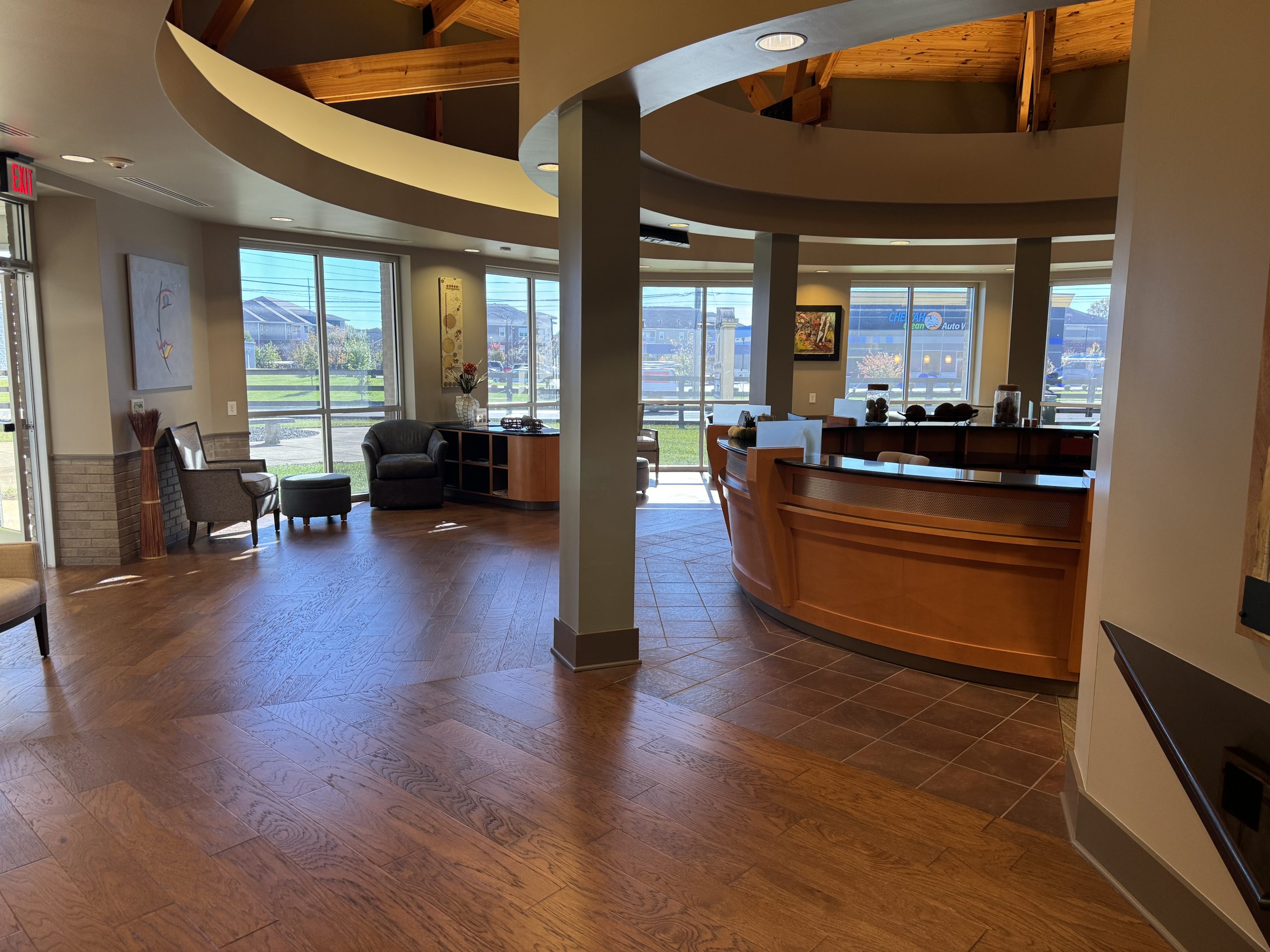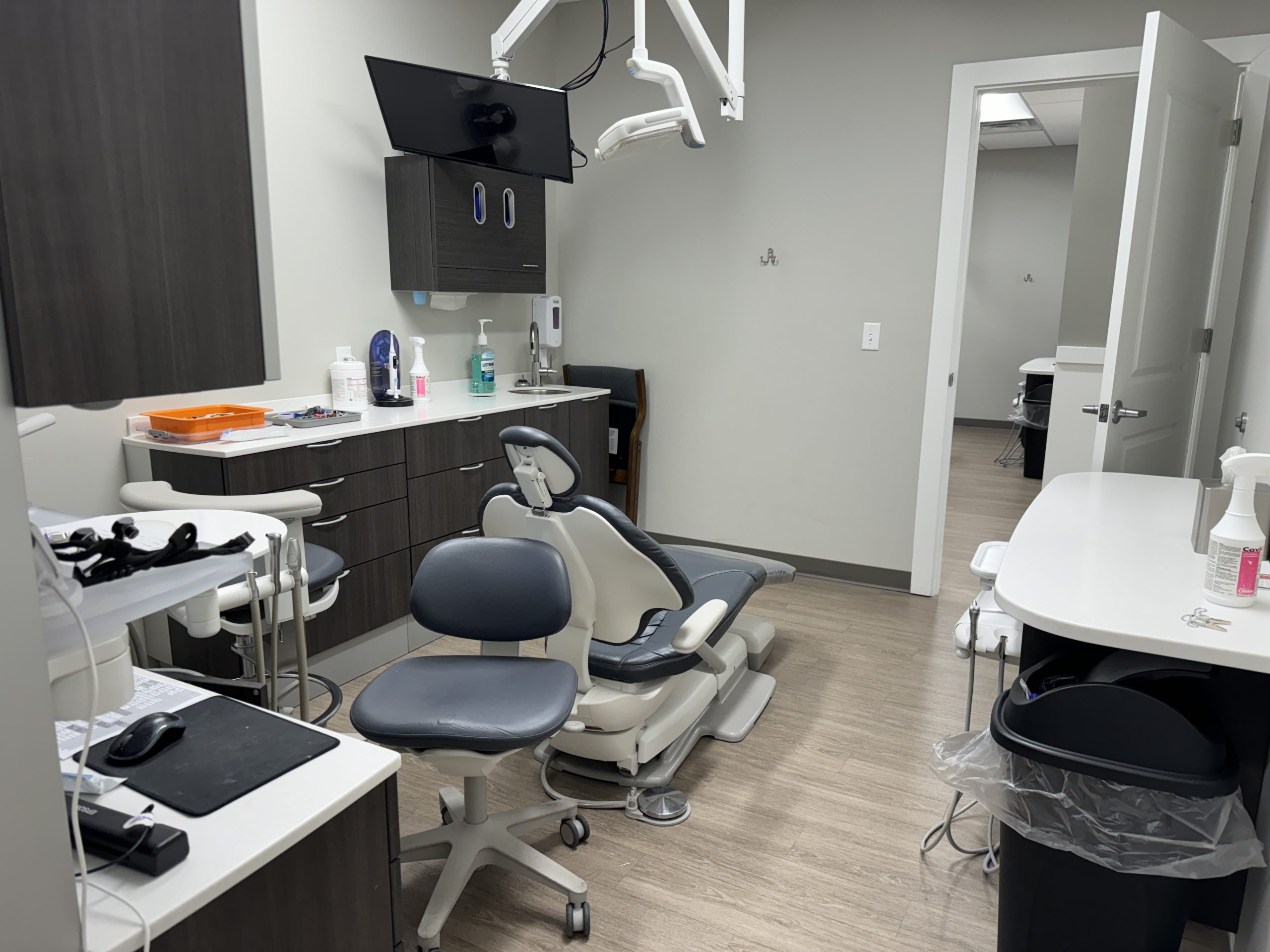Post-Sedation Recovery & Aftercare Guidelines for Dental Patients
Recovery after sedation dentistry varies depending on the type of sedation used, overall health, and procedure length. Understanding what to expect after treatment helps patients stay safe and comfortable while the sedative fully wears off. This article summarizes authoritative post-sedation guidelines from organizations such as the American Dental Association (ADA), Cleveland Clinic, and the American Society of Anesthesiologists (ASA), explaining how to manage side effects, when to resume normal activities, and when to seek follow-up care.
For context, patients can review Sedation Dentistry in Bowling Green, KY for an overview of all options and visit Comprehensive Dental Care to understand how sedation supports overall oral health and comfort during treatment.
Table of Contents
Key Takeaways (TL;DR)
- Recovery varies by sedation type: Nitrous oxide wears off in minutes, while oral or IV sedation may require several hours or same-day supervision.
- Common effects: Temporary drowsiness, dry mouth, or mild nausea can occur; hydration and rest usually resolve them within 24 hours.
- Safety first: Driving, operating machinery, and alcohol consumption should be avoided for at least 24 hours after oral or IV sedation.
- Stay supervised: Patients should have an adult accompany them home after moderate or deep sedation to ensure safe recovery.
- Contact your dentist: Seek medical advice if side effects persist beyond 24 hours or new symptoms (such as dizziness or prolonged vomiting) occur.
Immediate Recovery After Sedation
Following a dental procedure with sedation, patients are monitored closely while the sedative effect wears off. The American Dental Association (ADA) recommends continuous observation of vital signs—including blood pressure, oxygen saturation, and responsiveness—before releasing the patient. Recovery protocols differ slightly for each type of sedation, but all include verification that protective reflexes have returned to normal.
Nitrous oxide patients typically recover within minutes after oxygen is administered, while oral and IV sedation may require one to two hours of post-operative supervision. During this time, patients should rest, hydrate, and avoid rapid movements. A responsible adult should drive the patient home after oral or IV sedation, in line with American Society of Anesthesiologists (ASA) safety recommendations.
Typical Recovery Times by Sedation Type
Recovery speed depends on the sedative agent and dosage used. The following table summarizes average recovery durations and post-procedure restrictions, based on data from the Cleveland Clinic and NIH MedlinePlus. Patients should follow their dentist’s personalized guidance, as individual recovery may vary.
It’s normal for patients to feel mild drowsiness or disorientation following sedation. Hydration and rest are encouraged, and patients should avoid important decisions or physical activity until fully alert.
Common Side Effects & How to Manage Them
Most sedation side effects are short-lived and resolve on their own. According to the American Society of Anesthesiologists (ASA) and the Centers for Disease Control and Prevention (CDC), mild nausea, dizziness, or headache are among the most common experiences. Proper hydration and post-sedation rest usually help minimize these effects.
- Grogginess or confusion: Rest in a safe, quiet space and avoid multitasking until fully awake.
- Dry mouth: Drink small sips of water or rinse gently with an alcohol-free mouthwash.
- Nausea: Eat bland foods after returning home; avoid heavy or greasy meals until the next day.
- Headache: A mild over-the-counter pain reliever (as recommended by your dentist) may help relieve tension.
- Lightheadedness: Stand up slowly and use assistance when moving after oral or IV sedation.
Persistent vomiting, severe dizziness, chest discomfort, or shortness of breath are not normal reactions and require immediate medical evaluation. When in doubt, patients should contact their dentist or visit an emergency department for assessment. Reliable post-anesthesia guidance can also be reviewed via ASA patient safety resources or CDC oral health information.
Eating, Drinking & Activity Guidelines After Sedation
Once sedation has worn off, returning to normal routines should be gradual. The American Dental Society of Anesthesiology (ADSA) and Johns Hopkins Medicine recommend that patients begin with small sips of water, soft foods, and light activities before fully resuming their day. The timing depends on the depth of sedation and the individual’s recovery rate.
- Hydration: Begin drinking water slowly once swallowing feels normal. Avoid hot liquids until sensation fully returns.
- Eating: Start with soft, easy-to-digest foods like yogurt, soup, or applesauce. Wait several hours before eating heavy or spicy meals.
- Driving: Nitrous oxide patients can usually drive home safely. Those who received oral or IV sedation should not drive for at least 24 hours.
- Work or School: Most patients resume regular activities the following day, though fatigue or slowed reflexes may linger for a few hours.
- Exercise & Physical Activity: Postpone strenuous exercise for at least 24 hours to avoid dizziness or dehydration.
- Alcohol & Tobacco: Avoid both for the rest of the day after sedation, as they can interfere with medication clearance and healing.
These recommendations are intended as general guidelines; always follow the specific recovery plan given by your dentist. For information on sedation types and their average costs, see Cost & Insurance Coverage for Sedation Dentistry in Bowling Green, KY.
At-Home Care Checklist for the First 24 Hours
The first 24 hours following sedation are crucial for safe recovery. The Cleveland Clinic and NIH advise patients to rest, stay hydrated, and avoid independent travel or critical decision-making during this time. This checklist summarizes general aftercare steps for at-home recovery.
- Rest in a comfortable, reclined position and avoid lying completely flat for several hours.
- Keep a responsible adult nearby to monitor recovery for at least 8–12 hours if oral or IV sedation was used.
- Take prescribed medication only as directed by your dentist.
- Use caution when walking or standing to prevent lightheadedness.
- Do not operate vehicles, appliances, or power tools for the remainder of the day.
- Eat soft foods and drink fluids gradually to avoid nausea.
- Skip alcohol, tobacco, and recreational drugs during the first 24 hours post-sedation.
- Keep your dentist’s contact number accessible for questions or unexpected reactions.
Following these simple precautions ensures the sedative fully clears the system and helps prevent post-operative complications. Learn more about sedation options and preparation by reading Oral Sedation Dentistry in Bowling Green, KY: What Patients Should Know Before Their Visit.
When to Call Your Dentist or Seek Medical Care
Although complications after sedation dentistry are rare, knowing when to contact your provider can help ensure safety. The Mayo Clinic and National Institutes of Health (NIH) advise that persistent or worsening symptoms may signal an adverse reaction that requires professional assessment.
- Persistent nausea or vomiting lasting more than 12 hours
- Severe headache, dizziness, or blurred vision
- Difficulty breathing, chest pain, or irregular heartbeat
- Prolonged drowsiness lasting more than 24 hours after IV or oral sedation
- Swelling, bleeding, or pain not relieved by medication
- Allergic reactions such as rash, itching, or swelling of the face or throat
Contact your dental provider immediately if any of these symptoms occur. In severe cases, call 911 or visit the nearest emergency department. For additional information, see Mayo Clinic’s anesthesia safety guide or NIH MedlinePlus anesthesia overview.
About the Author & Sedation Dentistry Learning Series
This article is part of the Sedation Dentistry Learning Series developed to help patients in Bowling Green, KY, understand how dental sedation works—from preparation and recovery to cost and safety. Each article draws from authoritative sources including the American Dental Association (ADA), American Society of Anesthesiologists (ASA), and Cleveland Clinic to ensure reliable, non-promotional guidance.
Chandler Park Dental Care in Bowling Green, KY, offers evidence-based information to support informed dental decisions. To explore related educational resources, read the full sedation dentistry series:
- Sedation Dentistry in Bowling Green, KY: Safe, Gentle Options for Anxious Patients
- Oral Sedation Dentistry in Bowling Green, KY: What Patients Should Know Before Their Visit
- IV Sedation Dentistry in Bowling Green, KY: What to Expect Before, During, and After Treatment
- Nitrous Oxide Dentistry in Bowling Green, KY: How Laughing Gas Helps Manage Mild Dental Anxiety
- Cost & Insurance Coverage for Sedation Dentistry in Bowling Green, KY
Learn more about full-service care and patient comfort at Comprehensive Dental Care in Bowling Green, KY.



